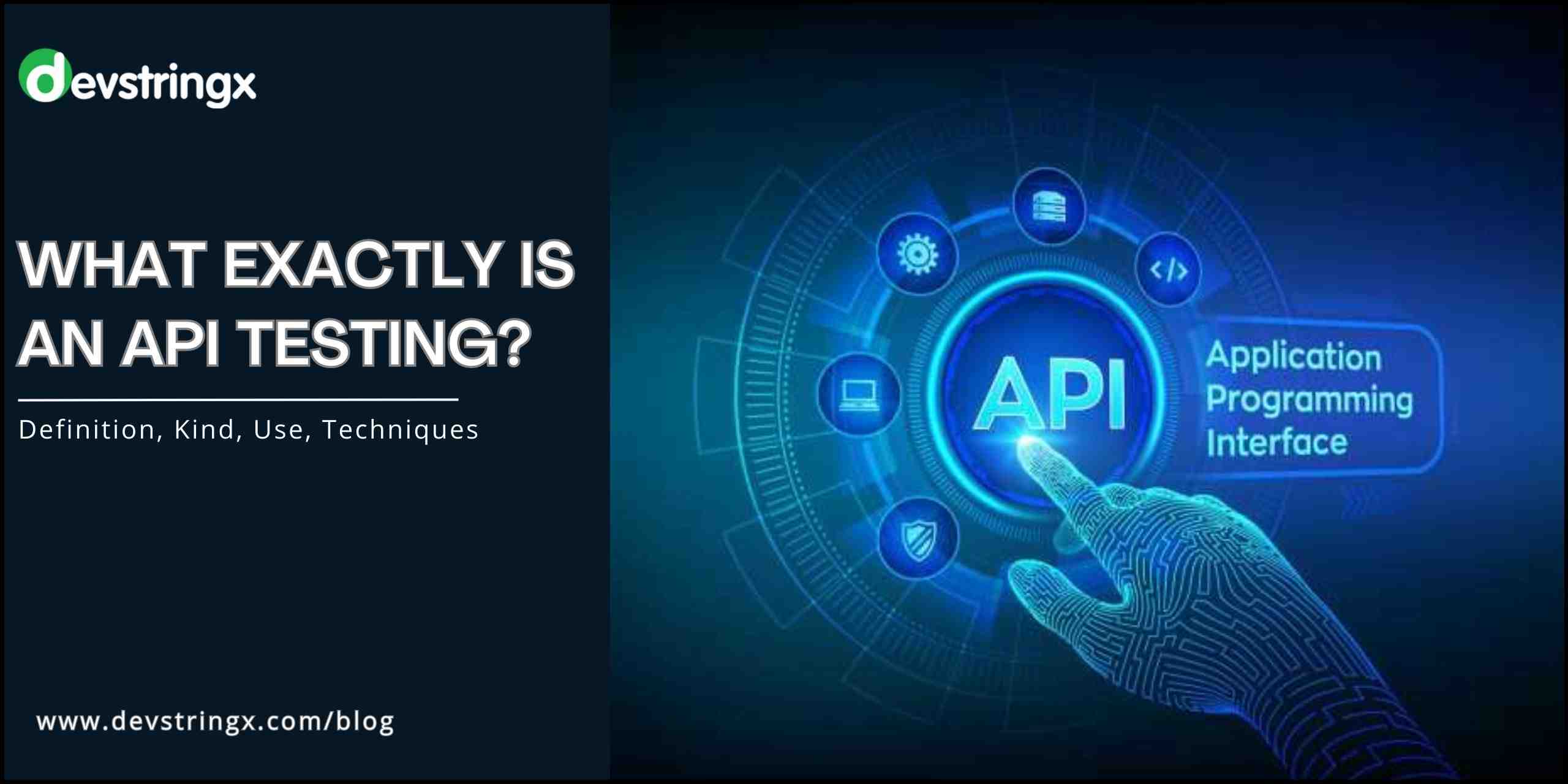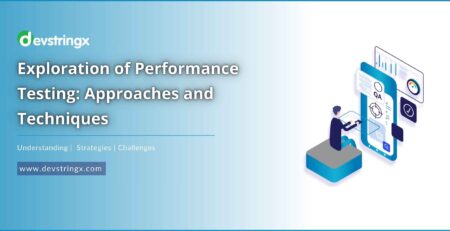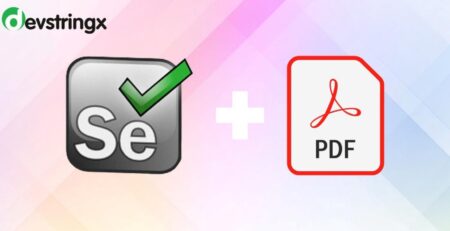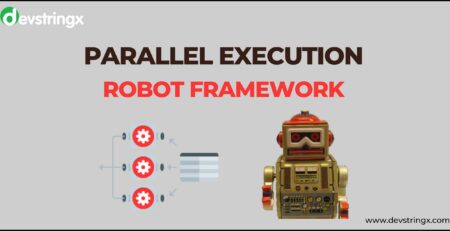What Exactly Is An API (Application Programming Interface)? – Devstringx
What Is An API?
API stands for Application Programming Interface.APIs are techniques that allow two software components to communicate with one another using a set of definitions and protocols. For instance, the software system for the weather bureau contains daily weather information. Your phone’s weather app “talks” to this system via APIs to provide you with daily weather updates.
How Do APIs Operate?
In most cases, the client and server uses to explain API architecture. A request is sent by an application known as a client, and a response is sent by an application known as a server. In the case of the weather, the mobile app is the client and the bureau’s weather database is the server in this scenario.
APIs Can Operate In One of Four Ways
- SOAP APIs
These APIs make use of SOAP (Simple Object Access Protocol). XML uses by the client and server to exchange messages. This less adaptable API was once more common.
- APIs for RPC
Remote Procedure Calls are the name given to these APIs. When a function (or process) finish on the server by the client, the server delivers the output back to the client.
- WebSocket APIs
Another current web API creation that uses JSON objects to convey data is the WebSocket API. Client applications and the server can communicate in both directions using a WebSocket API. It is more effective than REST API since the server can deliver callback messages to associated clients.
- REST APIs
These are the most well-liked and adaptable APIs available right now on the internet. The client makes requests to the server.
Recommended to Read:- API Test Automation Using Javascript
Integration of APIs
Software elements known as API integrations are used to automatically update data between clients and servers. Examples of API connections include time and date syncing on your laptop when you go to a different time zone. They can also be successfully used by businesses to automate several system operations.
What Different Kinds of APIs are there?
APIs are divided into many categories based on their architecture and intended purpose. Let’s look at the usage scope now that we have looked at the major categories of API architectures.
- Personal APIs
They are utilized exclusively for linking systems and data inside of an organization.
- Public APIs
These are accessible to everyone and available for use. These kinds of APIs may or may not be subject to pricing and authorization.
- Associate APIs
To facilitate business-to-business partnerships, these are only available by authorized outside developers.
- Compound APIs
They integrate two or more APIs in order to handle complex system requirements or behaviors.
Recommended to Read:- How to do API Testing Using Rest Assured?
How to Use an API?
A new API implementation entails the following steps:
- An API key can acquire. Registering for a verified account with the API provider is accomplished.
- Configure an HTTP API client. With the provided APsI keys, this tool makes it simple to structure API requests.
- If you don’t have an API client, try structuring the request in your browser on your own while consulting the API description.
- After you feel confident with the new API syntax, you may begin using it in your programs.
Hence, to test RESTful APIs, we use the POSTMAN tool.
API Testing Techniques
- Get Method: We use the GET method to retrieve data from the server when doing so.
- POST Method: We utilize the POST technique to add new resources to the server.
- PUT Method: When we wish to update a resource that already exists, we utilize the PUT method to do it. If the parameter that needs updating is already there, it is modified; if it is not, it is created.
- PATCH Method: When we wish to update only a portion of anything, we utilize the PATCH method. The resource can be updated without passing the entire payload if we only pass the parameter we want to change.
Difficulties Encountered While Performing API Testing Include the Following:-
Testing API initial setup. Confirming something’s functionality through manual testing.
- Updating API Testing’s Schema.
- Trying different parameter combinations.
- API calls sequencing.
- Verifying the parameters.
- Managing test data
- Integration issues: Via a set of agreed-upon guidelines called contracts or protocols, APIs communicate with one another. These protocols are frequently complex, which may make appropriate integration and testing of the communication between components difficult
Recommended to Read:- Learn About API testing with REST Assured
Where Can I Find Fresh APIs?
On API markets and API directories, new web APIs can be found. On open platforms known as API marketplaces, anyone can post an API for sale. The owner of an API directory controls and manages the repository. A new API may be evaluated and tested by experienced API designers before being included in their directory.
Other well-known API websites include:-
- Fast API – With over 10,000 public APIs and 1 million active developers, it is the largest API market in the world. Before making a purchase, users of RapidAPI can test APIs directly on the platform.
- Public APIs – To make it simpler to browse and select the API that best suits your needs, the platform divides remote APIs into 40 specialized categories.
Take your API testing to the next level with our expert API test engineers. Contact us now to hire the best API testing talent for your project!














